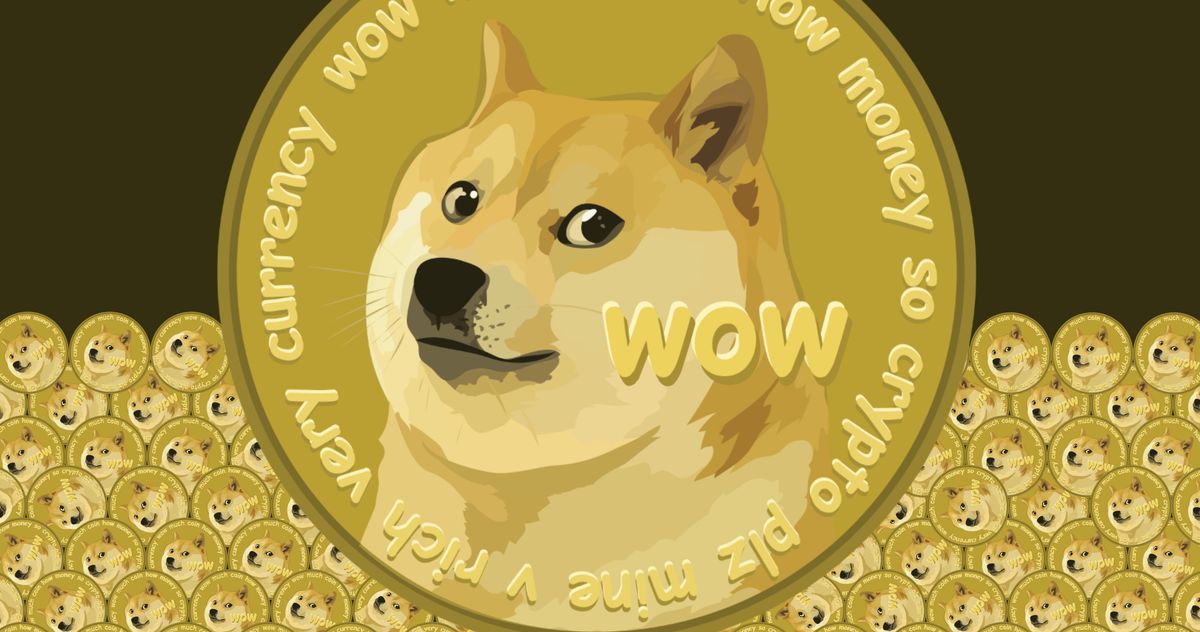Bydly Insights
Explore the latest news, trends, and insights across various topics.
Doge Coin: The Meme That Became Money
Discover how Doge Coin transformed from a viral meme to a major cryptocurrency phenomenon. Unleash the surprising journey of this digital darling!
The Rise of Dogecoin: From Internet Meme to Cryptocurrency Phenomenon
Dogecoin, originally created as a parody of the cryptocurrency craze, emerged in December 2013 as a playful take on the famous Shiba Inu meme. It was designed to be an accessible and fun alternative to Bitcoin, attracting a community that valued humor and camaraderie over the technical complexities of traditional cryptocurrencies. Its vibrant community and social media presence played a crucial role in its growth. Over the years, Dogecoin's popularity surged, aided by its availability for tipping content creators online and funding charitable initiatives. What started as a joke soon became a legitimate currency embraced by many.
In 2021, the Dogecoin phenomenon escalated dramatically, propelled by high-profile endorsements and a robust online community. Celebrities, including Elon Musk, publicly supported Dogecoin, which led to unprecedented spikes in value and interest. This surge highlighted how social media can transform a meme into a formidable player in the cryptocurrency landscape. Today, Dogecoin stands not only as a symbol of internet culture but also as a case study in the evolving relationship between finance and community-driven initiatives, demonstrating how a lighthearted idea can capture the imagination of millions and lead to serious financial implications.

How Dogecoin Revolutionized the World of Digital Currency
Dogecoin, originally created as a joke, has turned into a significant player in the world of digital currency, revolutionizing how we perceive and interact with cryptocurrencies. Launched in December 2013, it quickly gained popularity due to its friendly branding featuring the Shiba Inu dog and an active online community. Unlike other cryptocurrencies that often focus on complex technologies and financial implications, Dogecoin emphasized fun, accessibility, and community engagement, making it appealing to a broader audience. This shift away from traditional notions of value and usage has led many to consider Dogecoin not just a meme, but a legitimate form of digital currency.
The impact of Dogecoin on the digital currency landscape can be seen in several ways:
- Community-Driven Initiatives: The Dogecoin community has funded various charitable causes and projects, showcasing the potential for cryptocurrencies to galvanize collective action.
- Increased Accessibility: Its low price point and user-friendly model have invited new investors and users, introducing many to the concept of digital currencies for the first time.
- Mainstream Awareness: The viral nature of Dogecoin has propelled cryptocurrencies into mainstream conversation, paving the way for other digital currencies to gain traction.
What Makes Dogecoin Different from Other Cryptocurrencies?
Dogecoin stands out in the world of cryptocurrencies primarily due to its unique origin story and community-driven approach. Launched in December 2013 as a lighthearted parody of Bitcoin, Dogecoin was created by software engineers Billy Markus and Jackson Palmer. Unlike most cryptocurrencies that focus heavily on their technological advancements or solving specific financial problems, Dogecoin's appeal lies in its meme culture, represented by the lovable Shiba Inu dog. This playful branding has cultivated a strong and enthusiastic community that actively promotes the usage of Dogecoin for tipping and charitable donations, fostering a sense of camaraderie among its users.
In addition to its whimsical nature, Dogecoin differentiates itself through its inflationary monetary policy. While many cryptocurrencies, such as Bitcoin, have a capped supply which creates scarcity, Dogecoin has no maximum limit on the total number of coins that can be mined. This means that Dogecoin will continue to be produced indefinitely, making it an accessible option for everyday small transactions. Furthermore, the low transaction fees and speedy processing times allow Dogecoin to be used as a practical medium of exchange, distinguishing it from other cryptocurrencies that often cater to investors seeking long-term value appreciation.